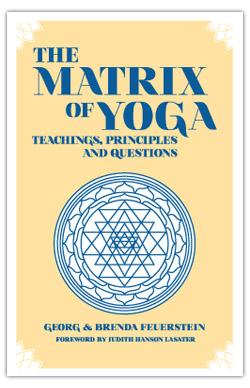Vadi : The Swordsman’s Art of Combat
0,00 €
| Language of origin | |
|---|---|
| Publication date | |
| Rights Sold | |
| Infos : | 352 pages / 622 illustrations |
Written between 1482 and 1487, De Arte Gladiatoria Dimicandi (The Swordsman’s Art of Combat) is a treatise detailing combat with longswords, daggers, unarmed combat, and battleaxes.
Written between 1482 and 1487, De Arte Gladiatoria Dimicandi (The Swordsman’s Art of Combat) is a treatise detailing combat with longswords, daggers, unarmed combat, and battleaxes.
This unique work is a testament to the conceptualization of the principles of fencing by the Italians during their Renaissance. It presents, side by side, the original 15th-century Pisan manuscript by Maestro Philippo Vadi and the modern practical explanations of Fencing Master Olivier Patrouix-Gracia. Illustrated with more than 500 period photographs, all the techniques represented in this work are part of a purely martial tradition of combat of the time, whose deadly purpose is in no way artistic, even if the work shines with an undeniable spiritual richness and delves into the origins of current sword fighting techniques. A cornerstone of the Histo- rical European Martial Arts), Master Vadi’s treatise offers practitioners of medieval fencing, researchers of the art of combat, historians and lovers of ancient Europe an incomparable source of knowledge.
This unique work is a testament to the conceptualization of the principles of fencing by the Italians during their Renaissance. It presents, side by side, the original 15th-century Pisan manuscript by Maestro Philippo Vadi and the modern practical explanations of Fencing Master Olivier Patrouix-Gracia. Illustrated with more than 500 period photographs, all the techniques represented in this work are part of a purely martial tradition of combat of the time, whose deadly purpose is in no way artistic, even if the work shines with an undeniable spiritual richness and delves into the origins of current sword fighting techniques. A cornerstone of the Histo- rical European Martial Arts), Master Vadi’s treatise offers practitioners of medieval fencing, researchers of the art of combat, historians and lovers of ancient Europe an incomparable source of knowledge.








